Context and Project Description
Over the past 30 years, Iraq has seen little to no systematic mammal research. Moreover, the turmoil and wars that Iraq has faced over the past years have increased and intensified the pressure under which many species are striving to survive. Based on recent surveys conducted by Nature Iraq in the context of its Key Biodiversity Areas (KBA) Program, mammals of Iraq appear to have declined in number. It will shed light on environmental issues in the country and stress the importance of protecting rich biodiversity that Iraq nourishes through building a network of protected areas. Given the pressure put on the environment throughout Iraq, the publication of the KBA book will be a key towards the enforcement of the conservation strategy. Building on this momentum, Nature Iraq is capitalizing on the KBA Program’s findings and developing advocacy and protection projects.
The present project’s study site is one of the areas identified by the KBA Program. It is located in the Zagros Mountains Forrest Steppe Ecoregion (PA0446), a critical/endangered ecoregion supporting oak-dominant forests and pistachio forests, with a diversified steppe flora and rich wildlife. There currently is no specific legislation on Protected Areas (PAs) in Iraq.
The existence of the Persian Leopard Panthera pardus saxicolor and its main prey species – the Wild Goat Capra aegagrus and the Wild Boar Sus scrofa (Raza et al.,2012; Hana A. Raza, 2013; Avgan et al., 2015)– has been confirmed in the target area located in the Kurdistan Region of Iraq (KRI) adjacent to Iran (see figure 4). However, the analysis necessary to map their range and habitat precisely is missing. The Persian Leopard, a subspecies ranked as globally “Endangered” on the IUCN Red List, is found in the mountainous regions of Iraq but is poorly studied despite the current threats of hunting, habitat destruction, and landmines. Little is known about the conservation status of leopards.
The present project’s study site is one of the areas identified by the KBA Program. It is located in the Zagros Mountains Forrest Steppe Ecoregion (PA0446), a critical/endangered ecoregion supporting oak-dominant forests and pistachio forests, with a diversified steppe flora and rich wildlife. There currently is no specific legislation on Protected Areas (PAs) in Iraq.
The existence of the Persian Leopard Panthera pardus saxicolor and its main prey species – the Wild Goat Capra aegagrus and the Wild Boar Sus scrofa (Raza et al.,2012; Hana A. Raza, 2013; Avgan et al., 2015)– has been confirmed in the target area located in the Kurdistan Region of Iraq (KRI) adjacent to Iran (see figure 4). However, the analysis necessary to map their range and habitat precisely is missing. The Persian Leopard, a subspecies ranked as globally “Endangered” on the IUCN Red List, is found in the mountainous regions of Iraq but is poorly studied despite the current threats of hunting, habitat destruction, and landmines. Little is known about the conservation status of leopards.




